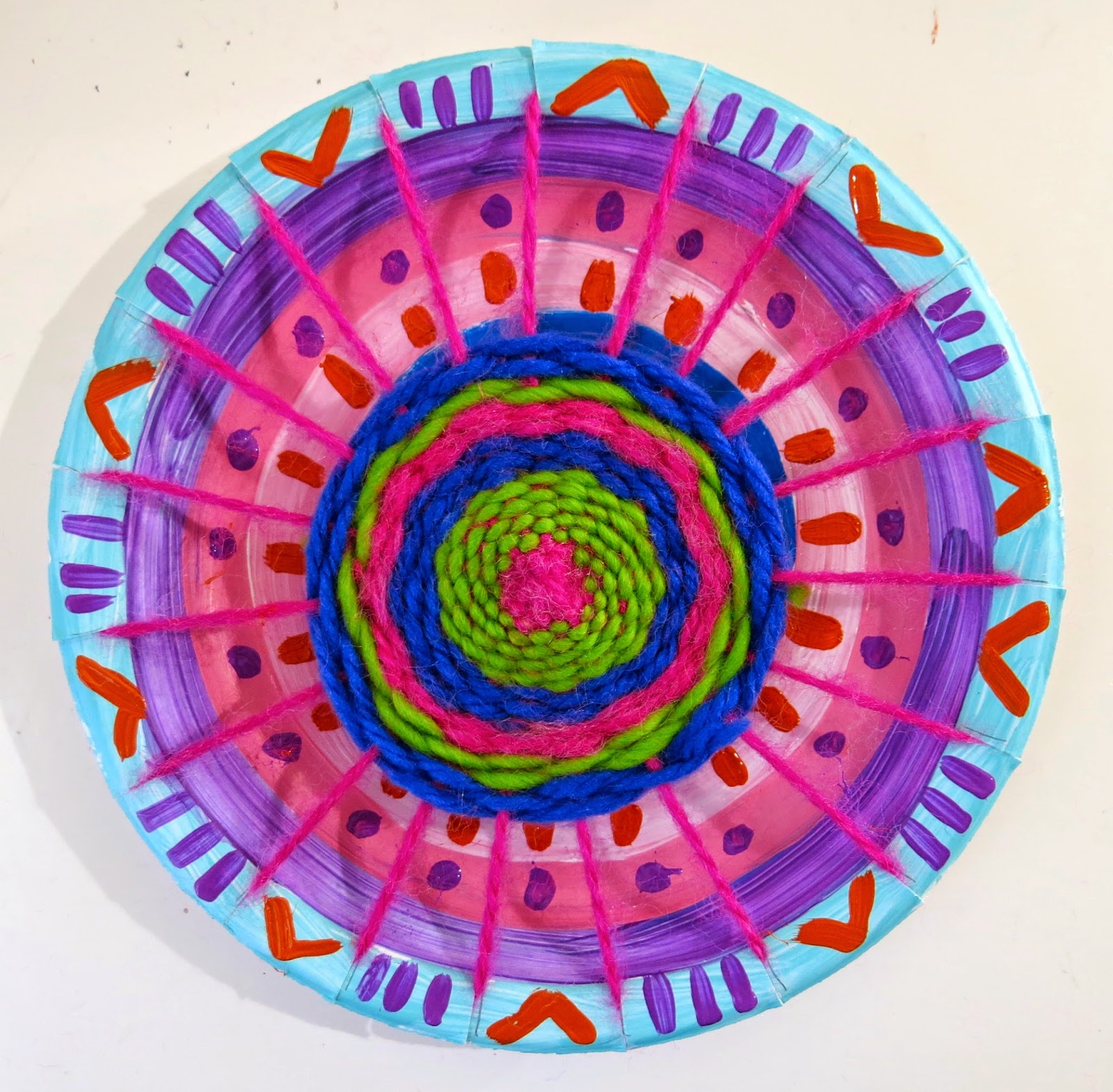ANNOUNCEMENT: I'll be doing a book launch at Parnassus Books in Nashville on Sunday, August 11th at 2pm. If you'd like to join the fun, please RSVP here. Let's PLEASE support our local book stores by purchasing my book at Parnassus. LOVE to see you there!
I CAN'T EVEN BELIEVE IT MYSELF...Stitch and String Lab for Kids is finally (like, FINALLY) here! And I cannot wait for you to see what's inside!
When I was a kid, fiber arts was my favorite. I didn't have art class in elementary school. So I had to get my art-makin' fix elsewhere. I learned straw weaving in Vacation Bible School. My grandma taught me how to embroider and cross-stitch. And my favorite teacher taught me how to do string art (shown above). As an adult, I've carried with me that love for fibers. When I have free time, y'all know I'm usually sewing up a dress or needle felting some wearable art. It didn't take me long to bring my love of fibers into the art room. Twenty years later...my students have experienced all forms of weaving, needle felting, wet felting, sewing, embroidery and more. I packed ALL of my favorite kid-approved lessons into this book...and I'm so happy. I want to share my love for fibers with you and your kiddos!
For that reason...I thought it would be fun to bring back the ole Facebook LIVE Craft Nights. I actually STOPPED doing FB/IG LIVES when I was so busy...writing this book. With that behind me, I'd love to get back to crafting with you. Since school is starting soon and I've got a couple other obligations happening, I can currently commit to these three dates. We'll see where we go from there. Here's the line up:
Mark your calendars and set your alarms! I'll be sharing the supply list shortly. I know if you are anything like me, if I give it to you too far in advance, y'all are just gonna forget all about it. So stay tuned here, follow me here and I'll keep you posted.
TO CELEBRATE THE BOOK LAUNCH...I created a podcast episode just for you. Have you ever wanted to write a book? Well then I'm spilling the beans on the who, what, when, where, why and HOW in this episode:
If you do receive my book and like it, a review here would be AMAZING! You don't even know just how much a review (preferably a good one!) can mean to me. I would truly appreciate it! The amount of work that goes into making a book is bananas. So a kind word and review is a wonderful thing.
Also! I cannot forget to mention that my first book Clay Lab for Kids is also available here...and again, reviews welcome and much appreciated!




























































